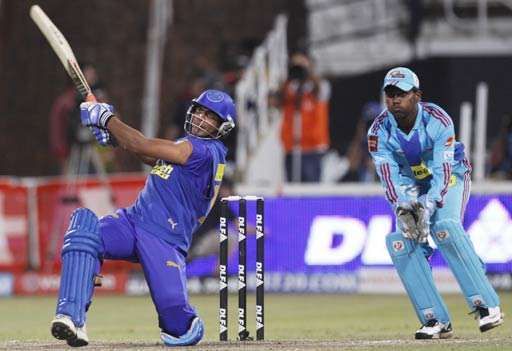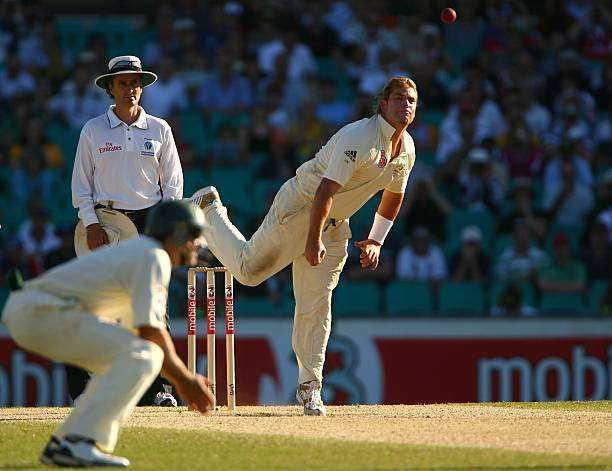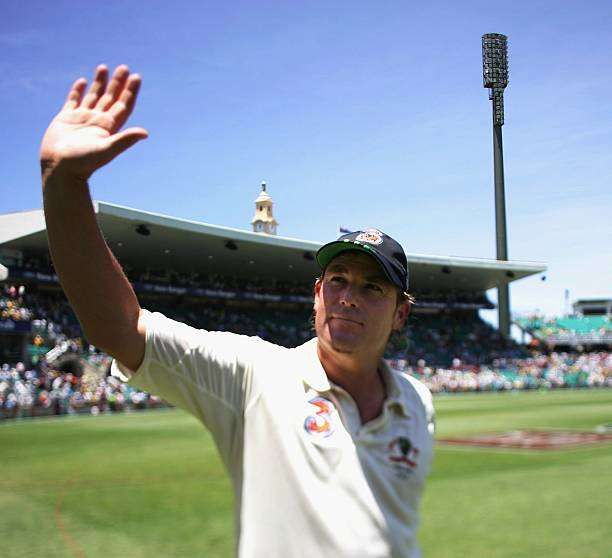
SKipper: Shane Warne, the legacy you don't know
June 1st of 2008 is etched in the memory of every cricket loving fan. The world witnessed a revolution in the making as the inaugural edition of the Indian Premier League was about to conclude, post the cliffhanger of the summit clash.
The finals of the tournament, involving Rajasthan Royals and the Chennai Super Kings, reached the climax stage of the game. The match was the epitome of the quality of cricket exhibited by the sides over the span of the preceding two months.
Chasing 164 runs for the coveted trophy was never going to be easy for the Royals. The pressure of batting second in the finals, the expectations of the fans back home; it all boiled down to the last over of the innings.
Sohail Tanvir and Shane Warne were battling it out for the Royals while Lakshmipathy Balaji had the ball in this hand. With eight runs required of the final over, It was Sohail Tanvir’s brilliance with the bat that sealed an uncanny victory for the Rajasthan Royals. The DY Patil Stadium in Mumbai erupted in joy as the world witnessed the champions of the inaugural edition of the Indian Premier League.
It was indeed apt to see the man who changed the fortunes of the Royals at the non-striker’s end when the winning run was scored off the final delivery.
Captains can make an ordinary team perform extraordinarily well
When the Indian Premier League was about the commence, not many people gave the Rajasthan Royals much of a chance in the tournament as the lacked the firepower and the experience to come up with the goods in such a high voltage competition.
Devoid of big names in the lead up to the tournament, taking the team forward in the competition depended on the Australian duo, Shane Warne and Shane Waston.
After enduring a royal thrashing at the hands of the Delhi Daredevils in the opening match, the cricket fraternity ripped them apart for being the weak link of the competition. However, the charismatic leg spinner and his team had other ideas as they scripted their way into the summit clash of the contest.
The turnaround, from being clobbered in their opening encounter to the victory lap at the DY Patil Stadium in the span of 45 days, was filled with excitement and joy as Shane Warne crafted one of the most memorable moments in the history of world cricket.
Leadership skills
In the Royals setup, Warne performed dual roles in the first edition as he was appointed the skipper as well as the coach of the side. As a captain, he was aggressive on the field. With plenty of men stationed in the catching positions, Warne often emphasised on the importance of picking up wickets even in the shortest format of the game.
Warne in the role of the coach was the man who gave a lot of freedom for his young players to go out there and express themselves in the world arena. The fearless brand of cricket deployed by the Royals in the opening season earned them rich dividends throughout the tournament.
He believed in being honest with his players and more often than not, confronted them regarding their shortcomings and offered them various suggestions to improve upon it. The year witnessed the emergence of the likes of Ravindra Jadeja, Yusuf Pathan and Swapnil Asnodkar from the domestic circuit who stood up and ensured the world appreciated their performances.
The modern day great first unearthed the all-around abilities of Ravindra Jadeja that continues to inspire millions of people in the country to take up the sport. The left arm spinner remains to be a vital cog in the set up of the Indian team, and the due credit has to be given to Warne for nurturing the talent, very early in his career.
The man you know, the legacy you don’t
The new year of 1992 began on a promising note for Shane Warne as he burst into the scene on international cricket after being picked in the Australian squad to battle against the formidable Indian line-up.
Making his debut in the third test match of the series at the Sydney Cricket Ground, Warne encountered a horrendous start to his Test career as he was smashed all around the park in the first innings of the game. The leg-spinner bowled 45 tireless overs and conceded 150 runs with a solitary wicket of Ravi Shastri in his first innings.
A string of flat performances resulted in his ouster from the playing XI of the side. Despite the lacklustre performance by the leg spinner in the first few matches of his career, he came back strongly in the Boxing Day Test match at the Melbourne Cricket Ground against the Windies. The leggie showcased his talent as he scalped seven wickets for 52 runs in the second innings to dismantle the men from the Caribbean and post an uncanny victory for the home team.
His success with the ball earned him a chance to lead the Australian team in the One-Day International format of the game in the year 1998 and 1999. Warne was at the helm of affairs for 11 matches, registering ten victories and a sole loss to England by seven runs in a tightly contested game.
Despite his success as the leader of the side, the only regret for Shane Warne throughout his international career will be the fact that he was eluded from the illustrious list of captains for the Aussies in the longest format of the game.
When Shane Warne decided to call it a day on his glittering career spanning 15 years, Ricky Ponting, the captain of the side, termed it as the end of an era in the glorious history of Australian cricket. Such was the impact of the leg spinner on world cricket that he finished his career with 708 Test match wickets and scripted many famous victories for the mighty Aussies.
The records of Shane Warne as the skipper of the international side and the Royals franchise speak volumes of the class and the skills exhibited by him, but unfortunately, the Australian cricket and the fans all around the world witnessed just the glimpses of the extraordinary talent possessed by the great man.



